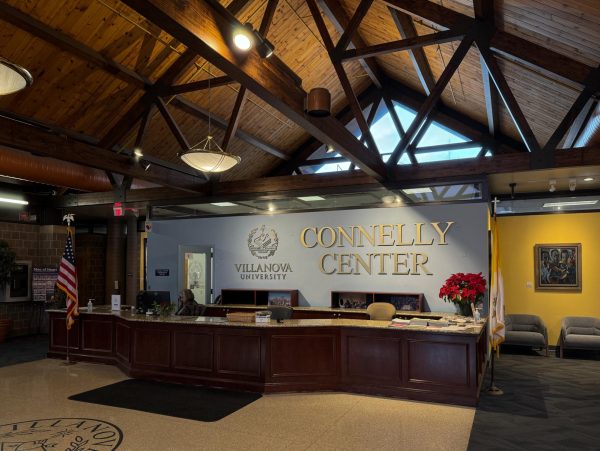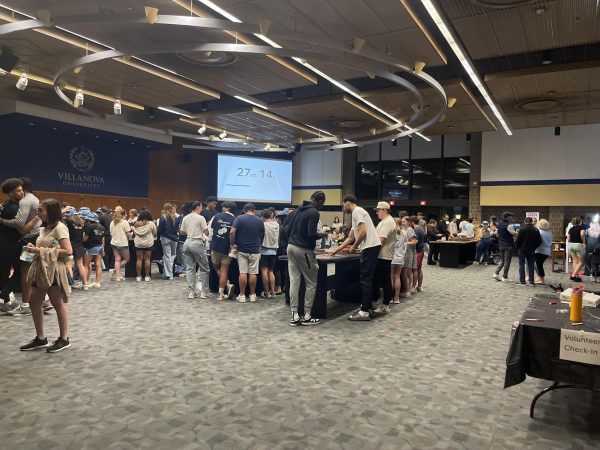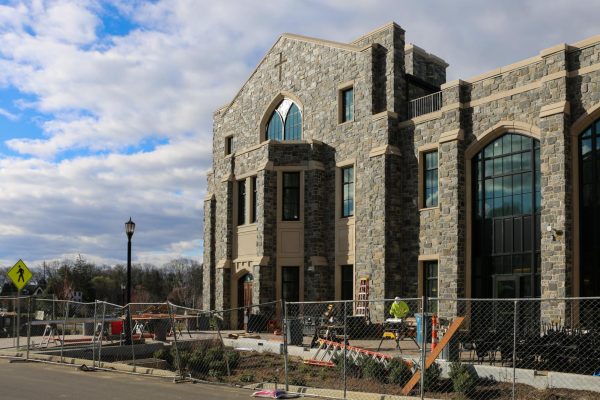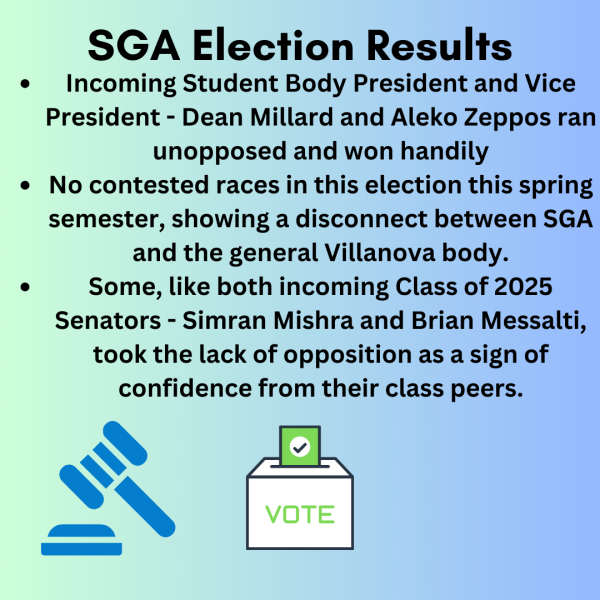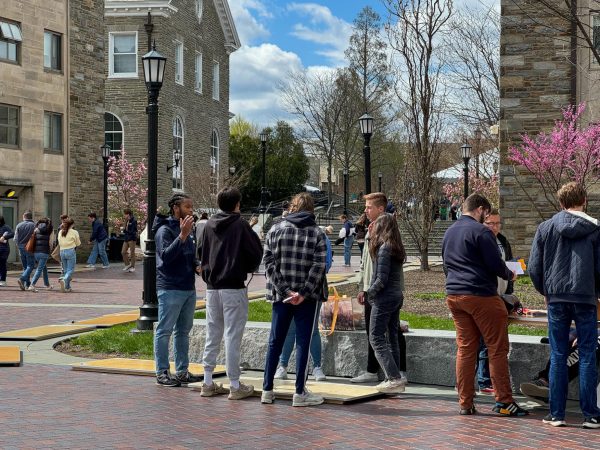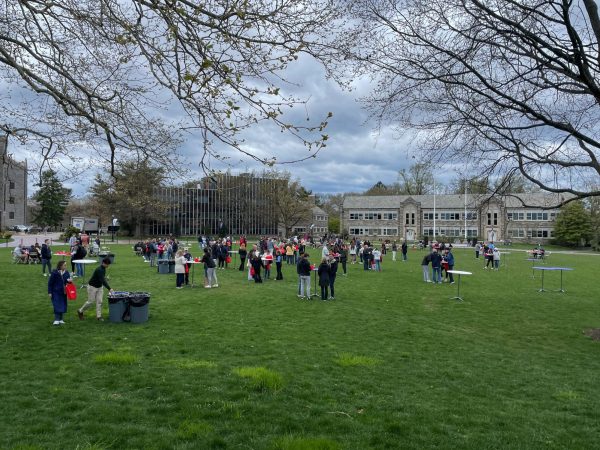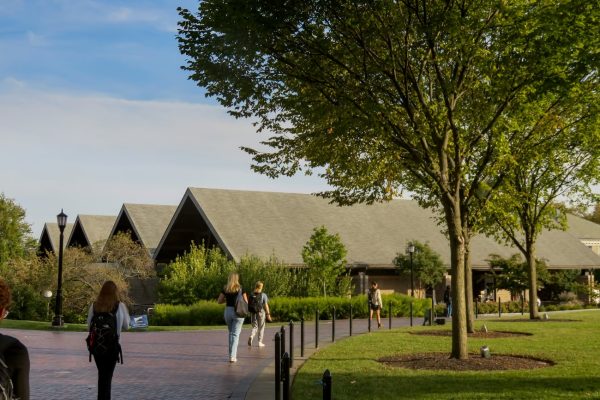West Campus Tunnel to see changes, SEPTA fails to act
October 21, 2014
On no occasion has the Villanova Tunnel been accompanied by the words “pristine,” “refreshing” or “safe.” Rather it finds itself in the company of words like “appalling,” “filthy” and “foul.” Just eight years ago in 2006, the University Student Council attempted to refurbish the tunnel with a mural under the direction of SEPTA.
However, their efforts were slowly forgotten and veered off the tracks. Since that time, efforts have been made by the University community to resurface this initiative but with no success. The majority of the University student body is embarrassed by this eyesore on one of most aesthetically beautiful campuses in the nation.
Margie Hahn was not only ashamed to walk her parents through the tunnel for Parents Weekend but remarked that, “as someone with allergies to mold and mildew and mild asthma, a trip in the tunnel means exposure to airborne allergy triggers that can make it more difficult to breathe, even after the fact.”
Junior Ann Unsworth asserted that, “the tunnel is somewhat isolated and almost carries the feel of not being a ‘part’ of campus…one can come and go so easily and practically undetected from that area.” On the other hand, a small contingent of students believes the tunnel “has character” and “is an excellent reminder of actual life in the city and reality in general: floods, graffiti, some loss of lighting. A reminder that University students are not ‘above and beyond’ the reality of pristine staff-purified care.”
However, there is a difference between reality and urban blight. Although the tunnel retains a historic cache, it is a public space that demands safe conditions for all that frequent it.
Phone booths are nostalgic, but would you give up your cellphone for them? Humility has standards.
Both Amtrak (which leases the depot, tracks, and tunnel to SEPTA) and SEPTA have failed to upkeep those standards.
The tunnel is characterized by the emanating smell of urine, hanging wires, peeling paint, mildew, and dim lighting.
Furthermore, each rainstorm leads to flooding and temporary closing down of the tunnel.
Kristin Geiger, SEPTA Public Relations Director, responded to inquiries about the tunnel.
The peeling paint, despite its age, is not lead based and the tunnel is indeed treated for urination. The tunnel is scheduled to be cleaned every Sunday in October.
Meanwhile, SEPTA plans to completely replace the old tunnel with a new tunnel that will mimic the Malvern Station. This will occur in two phases, the first of which will happen in early 2015. Phase 1 will include parking lot improvements and storm water improvements (elimination of the moats).
The most recent attempt by a University student to promote a change to the tunnel was by University student Francesca Carroll was working to paint a mural on the inside of the tunnel was rendered pointless due to these renovations.
Phase 2, beginning in 2016, will feature new lighting, improved landscaping, new canopies, and a high level platform. Shortly after contacting SEPTA, the tunnel seemed to have been cleaned and refresehed. SEPTA would like to stress that it remains in constant contact with the University and keeps it frequently informed.
Nevertheless, University students should remain wary considering SEPTA’s failure to act readily in our best interests.



